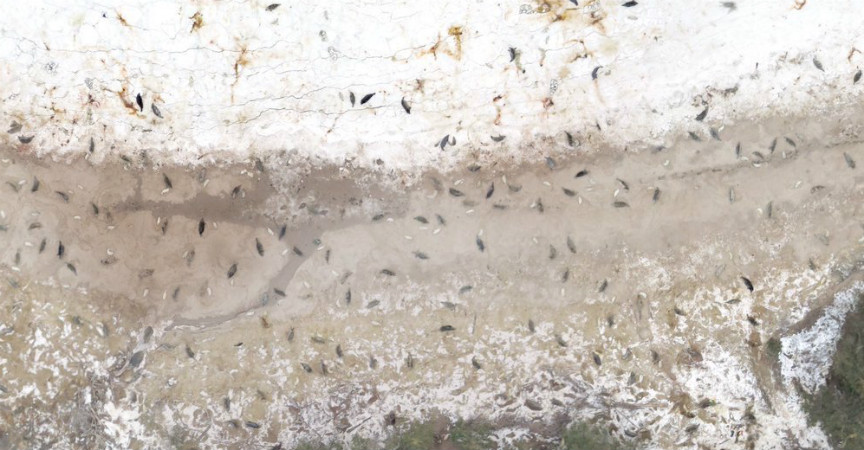Abstract
Unoccupied aircraft systems (UAS) are now frequently used in wildlife research, including studies of marine species. Researchers are turning to UAS platforms for population assessment purposes because they may provide flexible, safe, and low-cost data collection. In these cases, it is important that the accuracy and precision of UAS-based approaches are evaluated to ensure data quality and comparability with legacy data. The present study compares image quality and survey performance of two small UAS with that of an occupied aircraft as applied to a population survey and molt-stage assessment of gray seals (Halichoerus grypus) in the northeastern United States. Population surveys using fixed-wing UAS and occupied aircraft provided similar quality imagery with only minor deviations in counts of both adult seals (<1% difference) and pups (3.7% difference). The multicopter UAS proved especially useful for molt-stage assessment when compared to both fixed-wing UAS and occupied aircraft surveys. The results of this study clearly illustrate that small UAS are reliable tools for conducting population assessments of pinnipeds and establishing life history stages of animals. These new tools provide flexibility in operations and may reduce costs and human risk in some cases.
Link to full article

